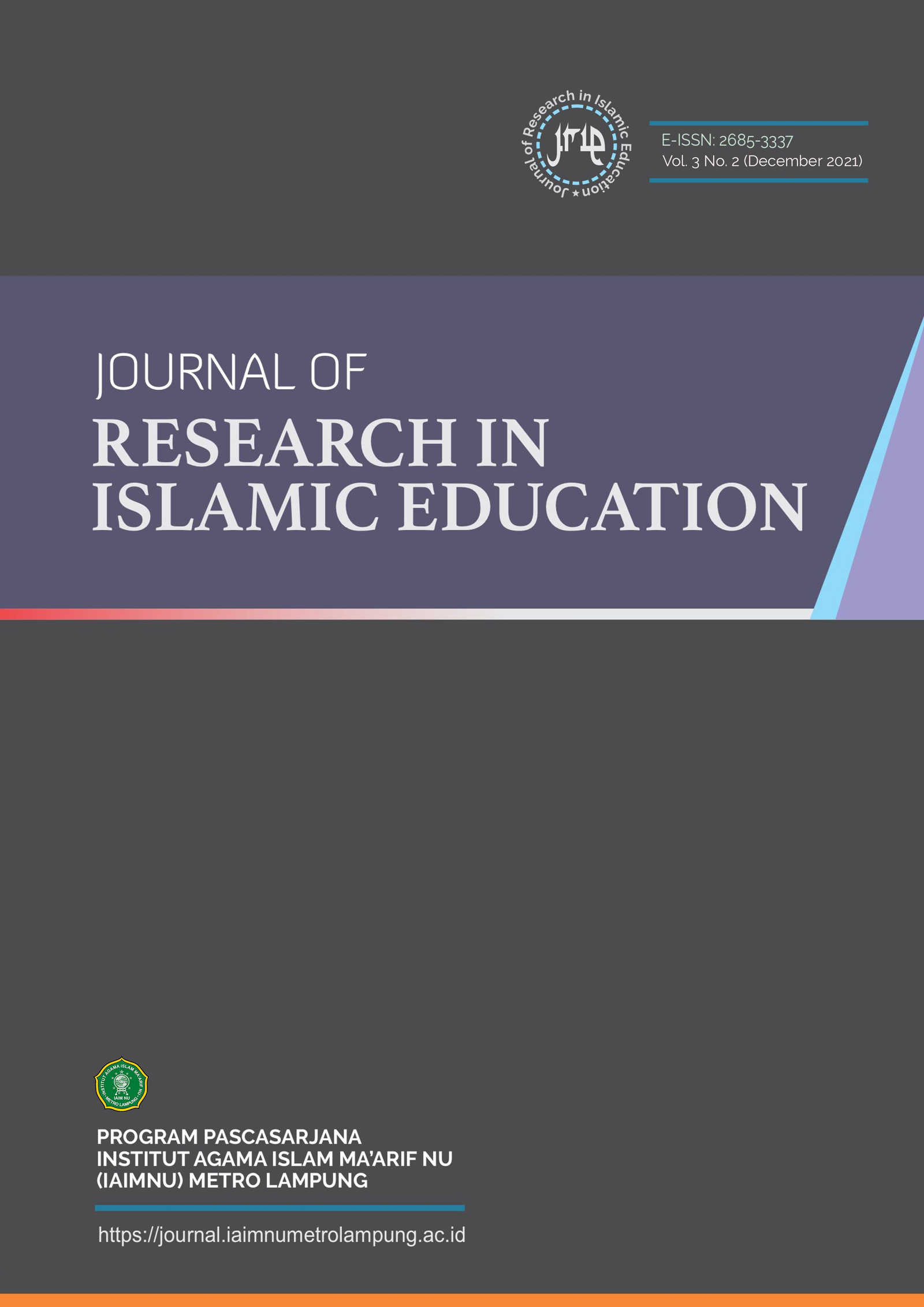Perception of Visually Impaired Students Towards The Accessibility of Physical Infrastructure In The Classroom of The Department of Special Education, State University of Padang
DOI:
https://doi.org/10.25217/jrie.v7i2.6454Keywords:
visual impairment, accessibility, physical infrastructure, classrooms, quality educationAbstract
This study aims to describe the perceptions of visually impaired students regarding the accessibility of physical infrastructure in classrooms at the Department of Special Education, Padang State University. This study used a qualitative descriptive approach, with data collection techniques through in-depth interviews, observation, and documentation of five visually impaired students as research subjects. The results indicate that the accessibility of physical infrastructure in classrooms still needs to be improved. Some obstacles faced by visually impaired students include inconsistent desk and chair arrangements, suboptimal lighting for low-vision students, and access routes that are not fully disability-friendly. Although several efforts have been made by the university to provide inclusive facilities, they have not yet fully met the needs of visually impaired students. These findings provide important input for campus administrators in improving the quality of inclusive and equitable educational services
References
Ainscow, & Booth. (2002). Index For Inclusion. Specialty Law Digest. Health Care Law, 161, 7–36.
Ainscow, M. (2005). Developing inclusive education systems: What are the levers for change? Journal of Educational Change, 6(2), 109–124. https://doi.org/10.1007/s10833-005-1298-4
Apriliani, R., & Sopandi, A. A. (2020). Perception of Blind Students Towards Learning Statistics Courses at Padang State University. Journal of Special Needs Education, 8(1), 67–72.
Arikunto, S. (2021). Research Procedure: A Practical Approach. Rineka Cipta.
Creswell, J. W., & Poth, C. N. (2018). Qualitative Inquiry and Research Design: Choosing Among Five Approaches (4th ed.). SAGE Publications.
Dogbe, D. (2020). Braille Reading Proficiency Among Learners With Visual Impairments: Teachers'Strategies and Learners'Readiness in Akropong .... European Journal of Special Education Research, 89–101. https://doi.org/10.5281/zenodo.3750449
Flick, U. (2019). An Introduction to Qualitative Research (6th ed.). SAGE Publications.
Hamdan, Subakti Hanin; Priusanti Dewi Retno; Fahmi Aisyah; Haryanti Suci; Pangestu Ari Nova; Primasari Anggun Nessy; Putri Surya Novati; Adinata Arfan A. Hadi Irwan; Firmansyah. (2022). Qualitative Research Methodology. In Qualitative Research Methodology. In Rake Sarasin (March issue). https://scholar.google.com/citations?user=O-B3eJYAAAAJ&hl=en
Khamil, N. A., & Sopandi, A. A. (2018). Perception of the Blind on the Use of Sticks at SMK Negeri 7 Padang. Journal of Special Needs Education Research, 6(1), 78–85.
Mouwn Erland. (2020). Qualitative Research Methodology. In Qualitative Research Methodology. In Rake Sarasin (Issue March).
Mutanga, O., & Walker, M. (2015). Towards a disability-inclusive higher education policy through an ability framework. Journal of Human Development and Capabilities, 16(4), 501–517.
Nurmalia, D., & Ramadhani, D. (2021). Accessibility of Infrastructure in Inclusive Universities. Journal of Educational Inclusion, 9(2), 45–52.
Phutane, M., Wright, J., Castro, B. V., Shi, L., Stern, S. R., Lawson, H. M., & Azenkot, S. (2022). Tactile Materials in Practice: Understanding the Experiences of Teachers of the Visually Impaired. ACM Transactions on Accessible Computing, 15(3). https://doi.org/10.1145/3508364
Rahmat, A. (2022). Creating Good Environment and Building for People with Special Needs: From Definition to Application of Guiding and Warning Blocks Indonesian Journal of Community and Special Needs Education. Indonesian Journal of Community and Special Needs Education, 2(1), 39–44.
Rahmawati, L., & Kustiawan, U. (2020). Accessibility of learning for students with disabilities in higher education. Journal of Inclusive Education, 3(2), 112-120.
Saldaña, J. (2021). The Coding Manual for Qualitative Researchers (4th ed.). SAGE Publications.
Simatupang, R., & Siregar, D. (2021). Infrastructure challenges for visually impaired students in higher education. Journal of Inclusion and Accessibility, 5(1), 21-30.
Sugiyono. (2011). Quantitative, Qualitative and R&D Research Methods.
Sugiyono. (2018). Qualitative Research Methods. Alphabet.
Tracy, S. J. (2020). Qualitative Research Methods: Collecting Evidence, Crafting Analysis,
UNCRPD. (2006). UNCRPD United Nations Conventions on the Rights of Persons with Disabilities.
Yssel, N., Pak, N., & Beilke, J. (2020). Inclusive education and universal design: A faculty perspective. International Journal of Inclusive Education, 24(7), 686–700.
Yuliani, E., Prasetyo, H., & Wulandari, S. (2022). Evaluation of classroom accessibility for students with disabilities. Journal of Special Education Studies, 4(3), 201-210.
Zebehazy, K. T., & Holbrook, M. C. (2025). Understanding Braille and Braille Readers to Facilitate Inclusion and Foster a Sense of Belonging. Teaching Exceptional Children, 1–16. https://doi.org/10.1177/00400599241307603
Downloads
Published
How to Cite
Issue
Section
License
Copyright (c) 2025 Habib Hidayatullah, Setia Budi, Safaruddin, Mardhatillah Zulpiani

This work is licensed under a Creative Commons Attribution-ShareAlike 4.0 International License.




